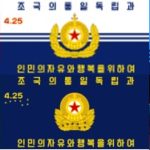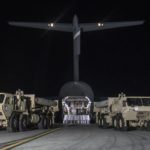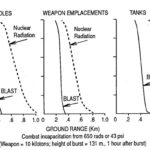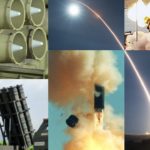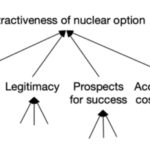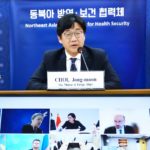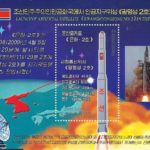
MATT KORDA JANUARY 20 2022 I. INTRODUCTION In this essay, Matt Korda presents a comprehensive account of the DPRK’s nuclear warheads, delivery systems, fuel types, and launch systems, followed by an analysis of the DPRK’s and the United States’ nuclear doctrine and potential nuclear use. Matt Korda is Senior Research Associate and Project Manager, Nuclear Information Project Federation of American Scientists. This […]


